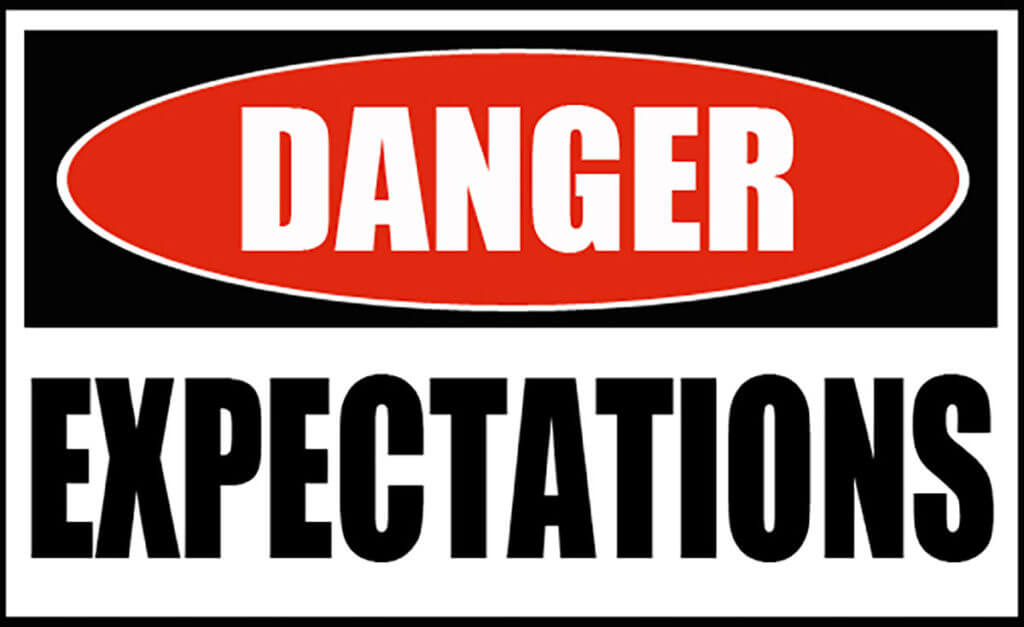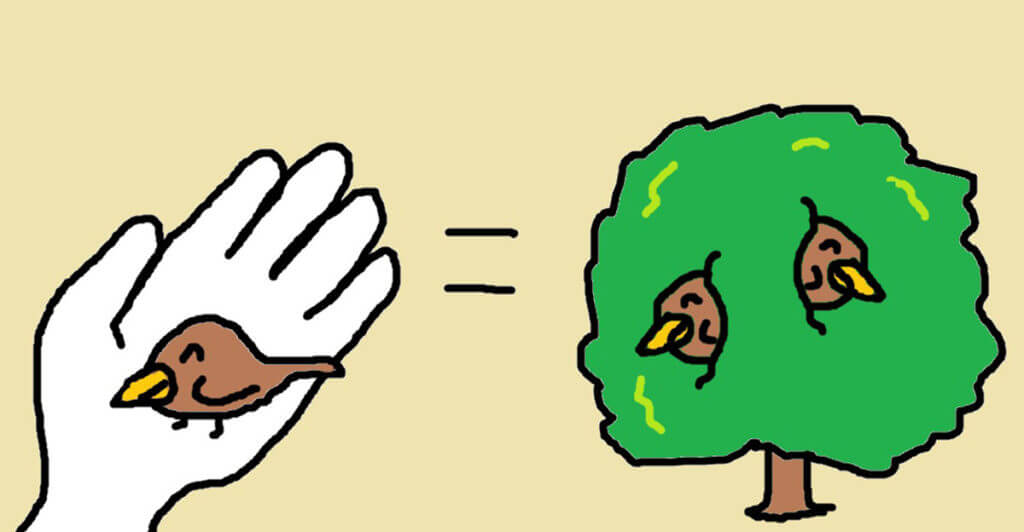
We’ve all been there—those of us who work in video production, that is. You’re trying to close the deal. You write up the estimate, you set the dates, and you revise your proposal back and forth with your potential client. It’s just about time to sign on the line that is dotted.
Suddenly, without warning, they utter that fateful phrase: “if you can help us out this time, we’ll make it worth your while on the next one.” The gig is so close you can almost taste it – what do you do?
Well, if you’re younger or earlier on in your career, you probably hold your nose and take a bite. You give the discount, you throw in the free gear, and/or you relax your payment policy. The client’s “ask” can vary, but the general circumstances are always the same. They ask you to give up something now in exchange for the promise of something even better later. I’m here today to tell you that in the service business (and in the video production business, in particular), there’s no such thing as “next time.”
Creating Order From Chaos
When you’re a creative, negotiating a scope of work and its corresponding payment is a difficult process. You’re taking something with many complex factors and variables—like time, crew skill level, weather, hardware speed & stability and potential software crashes (just to name a few)—and condensing everything down to a set of day rates and hourly costs. And once those are agreed upon, they become the basis for how, how much, and when you and your team get paid. It’s way more complicated than just selling a product with a fixed cost. Don’t forget: the work you do before the creative part of the job even starts sets the tone for everything that comes after.
There is a complex dance that goes on between client and producer in the pre-engagement phase. As the producer, there are tons of pitfalls you need to watch out for. The biggest one links back to a particular word I used in the previous paragraph: “scope.”

The scope of a project should be a self-contained ecosystem. Think of it as a biosphere (though ideally one without Pauly Shore inside) where things only work if nothing from the outside gets in until the job is done. If that is the case, then you can’t agree to give away anything within the scope of the project (inside your biosphere) for something that may or may not happen after the project is complete. It is simply against the rules of the “experiment.”
Okay, so the biodome metaphor is silly, I get it. But it serves a purpose. It gives you an easy way to conceptualize the necessity of keeping each project as self-contained as possible. There are a lot of reasons why this mental discipline is important; too many for me elaborate here, in fact.
A Bird In The Hand…
Like it says in the title, “there’s no such thing as ‘next time.'” The expectations you establish the first time you work with a client are permanent, no matter what anyone tells you during the negotiation phase. If you lower your price the first time out, that becomes the expected price for all subsequent jobs. And digging out of that hole is nigh impossible. Potential clients will tell you otherwise. Don’t believe them.
The next time your client crafts a budget for their new video, they’ll use the pricing from your previous gig as a jumping off point. And you can be sure they won’t want to explain to the person signing the checks why they need more money to get the same thing they got before. “B-b-but they promised,” you’re surely stammering in your head; and believe me, I understand. Sadly, all that business about next time was just “pillow talk” to reach the budget they needed. Bring it up during the next negotiation and you’ll receive nothing but a blank stare.
Also, Circumstances Change
In fact, you might not even be working with the same person next time. Maybe your main contact moved on to another company, or has been promoted. Maybe your work was so good that someone referred you to a new department within the same organization, complete with its own specific needs, budgets and personnel. What are the chances that referral came with a note about the generous discount you extended for a first time client, and that this new job will be at the usual full rate? If you guessed zero, you’re catching on. That referral came with a link to the last video, a price, and your contact info. Are you going to explain the complex negotiations that went into the last scope of work? Or are you going to jump on this new business?
As you can see, offering a deal outside the scope of the project in exchange for payback down the road isn’t quite as easy to collect on as it first appeared. So you’ve got two options:
- Stick To Your Guns
Stay firm on your pricing, your policies and your payment terms. If the client wants a lower price, tell them they’ll need to lose something tangible to get there. Does the client want something for free? Say no! If the client wants to pay Net120 with no deposit, walk away.
- Fade, But Do It With Your Eyes Open
If you can afford to take the calculated risk of reducing your rate or allowing a policy exception to close the deal, and you think the upside is worth it, then make the leap. Just remember, it’s best to assume that anything outside the scope of the project is never going to happen. You can overcome this negative by closing a higher volume of work, working with a higher caliber of client or getting a great piece of footage of something you’ve never done before to add to your reel. Just be honest with yourself and your team about why you’re making the decision. Don’t get bogged down. Collecting on the empty promise of “next time” is a wild goose chase. You create the value, nobody just hands it to you.
Managing Expectations (Both Client & Team)

At the end of the day, the name of the game is managing expectations, both internally and external. For the client, no matter what they say, the rules, price, and practices you establish on your first project influences every future deal you close with them. For your team (and your sanity) you need to realize that there is no carrot on the end of the stick. Whatever the client is dangling in front of you is just an illusion. That doesn’t mean that there aren’t advantages to playing the game. And when you agree to negotiate, just think about the long game rather than the promise of “next time”.
Do you have a story about client carrot-dangling? Have you lived to regret relaxing your policies or payment terms to close a deal? Let us know in the comments below. There’s nothing more cathartic than sharing war stories, and the more information we share with one another, the more knowledge we gain so that we can do better the next time out.
As always, thanks for reading!


